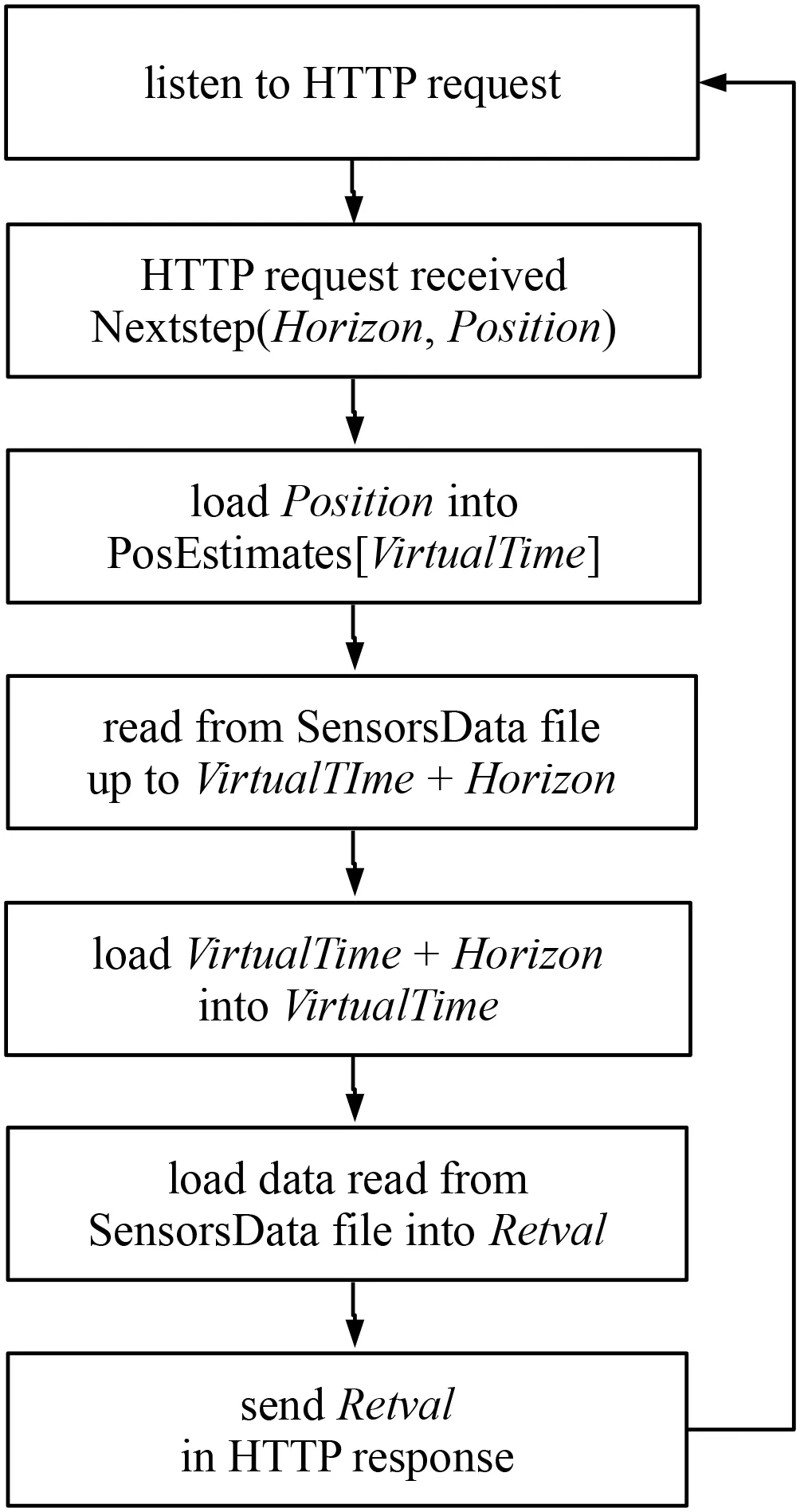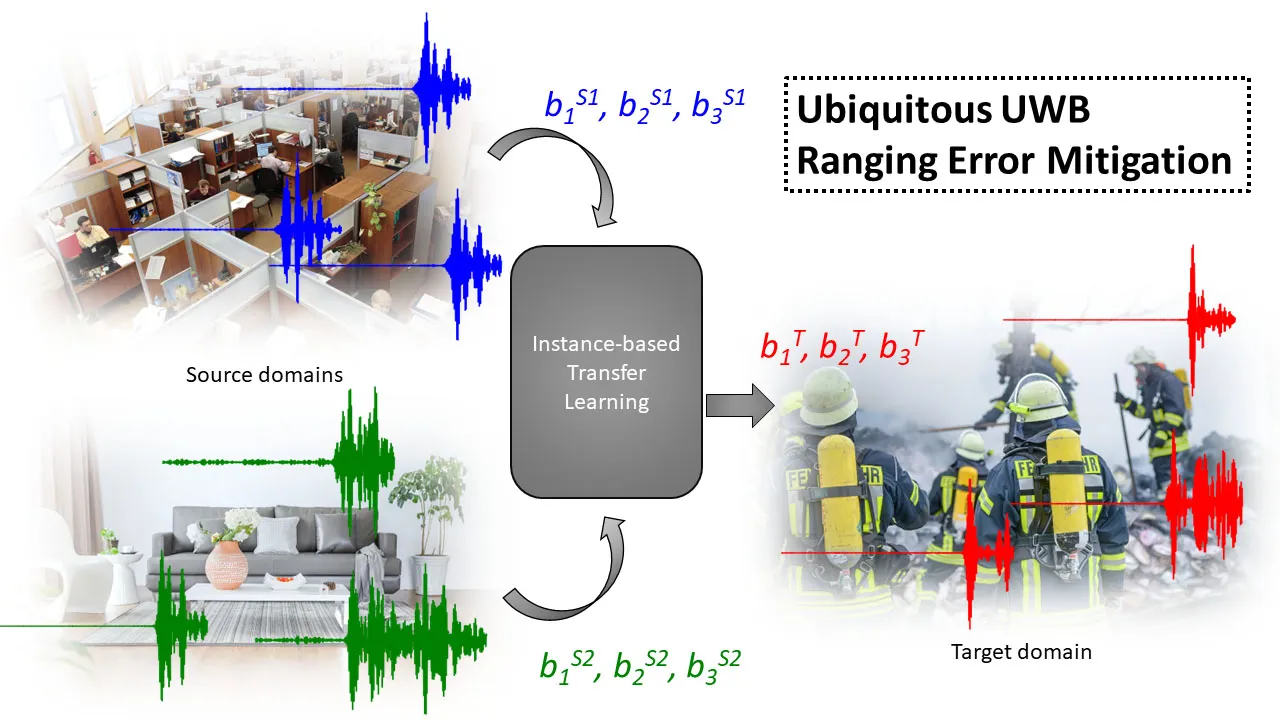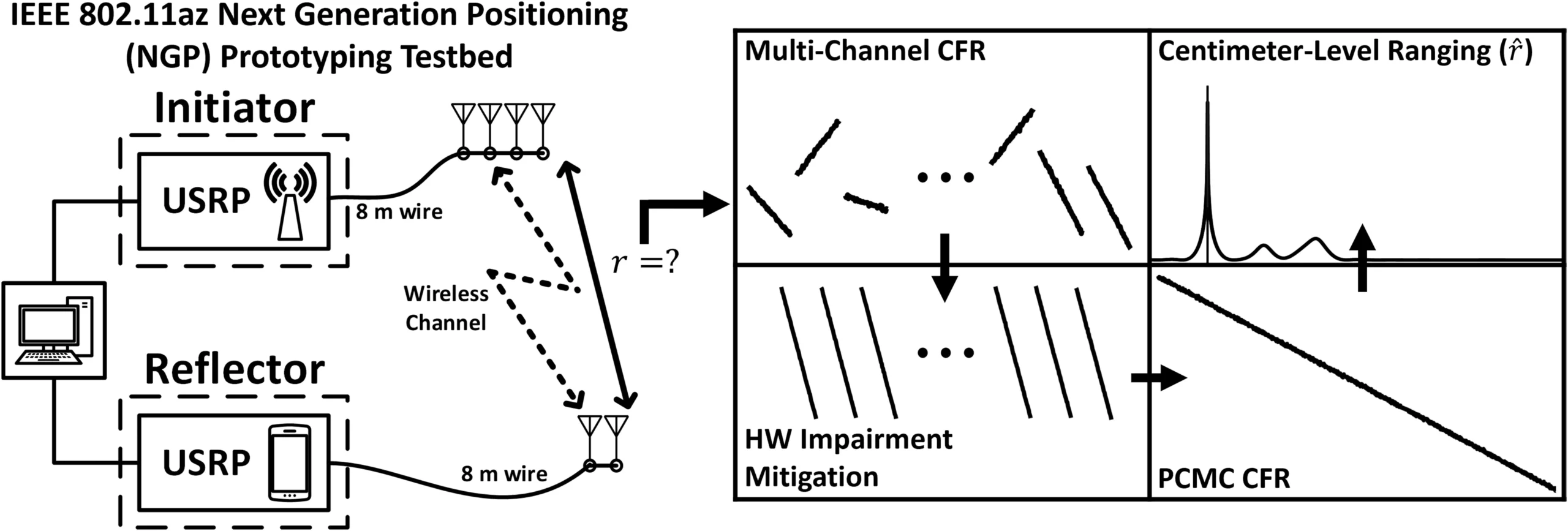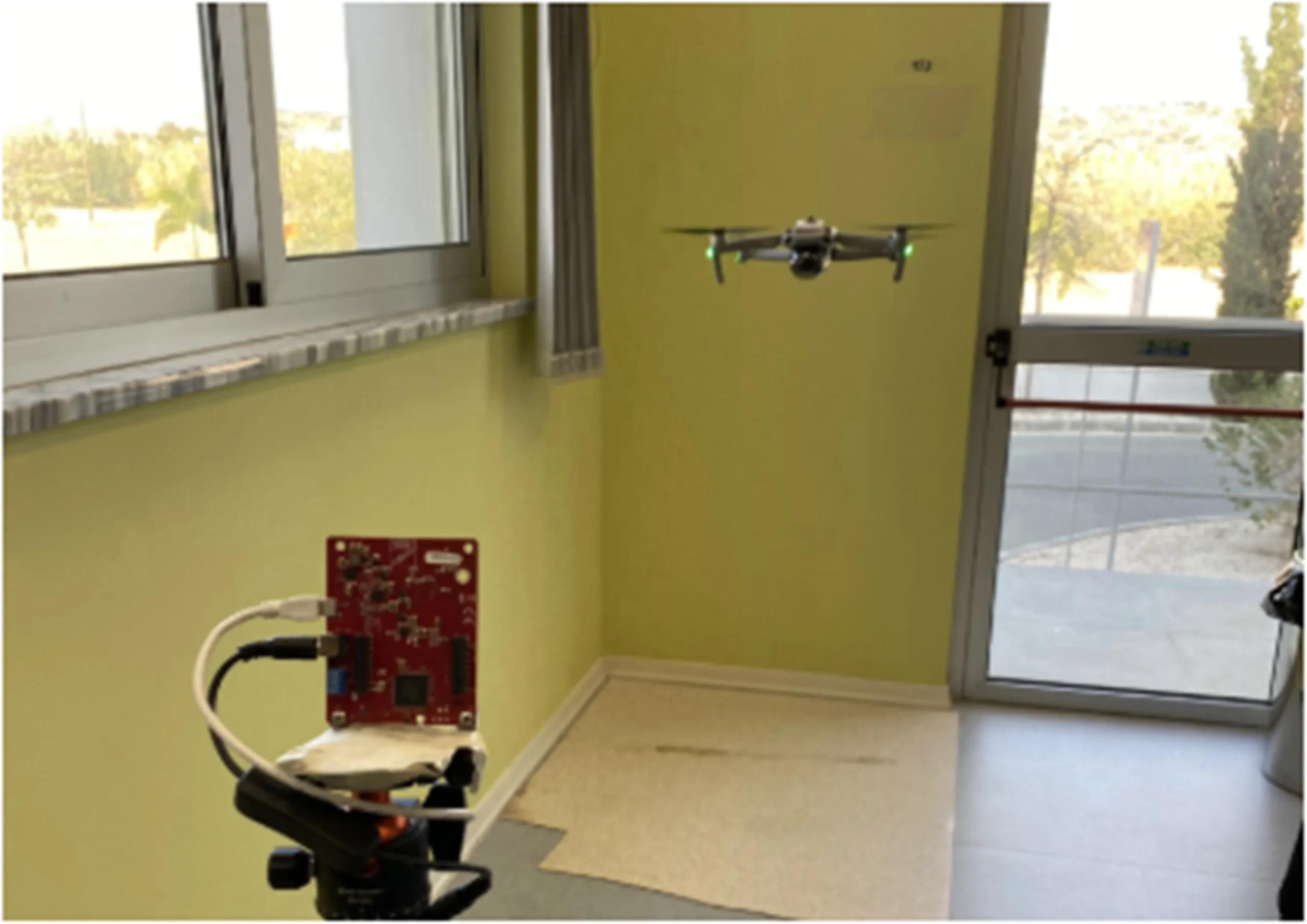Offsite Evaluation of Localization Systems: Criteria, Systems, and Results From IPIN 2021 and 2022 Competitions
Authors:Francesco Potortì; Antonino Crivello; Soyeon Lee; Blagovest Vladimirov; Sangjoon Park; Yushi Chen; Long Wang; Runze Chen; Fang Zhao; Yue Zhuge; Haiyong Luo; Antoni Perez-Navarro; Antonio R. Jiménez; Han Wang; Hengyi Liang; Cedric De Cock; David Plets; Yan Cui; Zhi Xiong; Xiaodong Li; Yiming Ding; Fernando Javier Álvarez Franco; Fernando Jesús Aranda Polo; Felipe Parralejo Rodríguez; Adriano Moreira; Cristiano Pendão; Ivo Silva; Miguel Ortiz; Ni Zhu; Ziyou Li; Valérie Renaudin; Dongyan Wei; Xinchun Ji; Wenchao Zhang; Yan Wang; Longyang Ding; Jian Kuang; Xiaobing Zhang; Zhi Dou; Chaoqun Yang; Sebastian Kram; Maximilian Stahlke; Christopher Mutschler; Sander Coene; Chenglong Li; Alexander Venus; Erik Leitinger; Stefan Tertinek; Klaus Witrisal; Yi Wang; Shaobo Wang; Beihong Jin; Fusang Zhang; Chang Su; Zhi Wang; Siheng Li; Xiaodong Li; Shitao Li; Mengguan Pan; Wang Zheng; Kai Luo; Ziyao Ma; Yanbiao Gao; Jiaxing Chang; Hailong Ren; Wenfang Guo; Joaquín Torres-Sospedra

January 18, 2024












